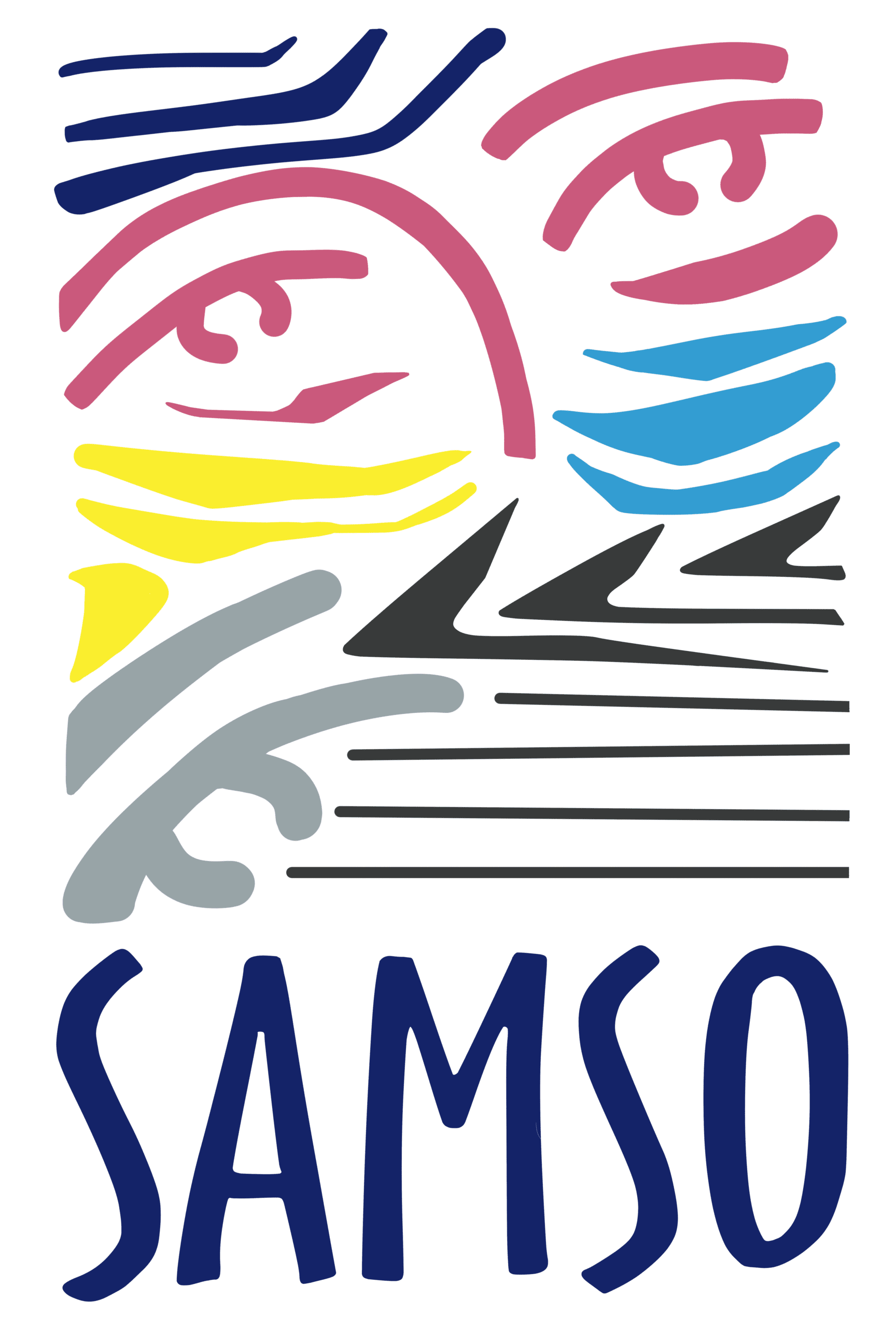Building ethical visual stories that matter
Change starts with acknowledgement. Visual storytelling carries profound responsibility. I’ve learned this through years of witnessing how images shape perceptions and influence lives.
Moving beyond criticism requires practical steps that respect human dignity whilst documenting important realities. Here’s what I’ve discovered works.
Real collaboration, not extraction
Genuine collaboration creates images that honour agency rather than reinforcing victimhood. Across Africa, collaborative art-making has proven valuable in promoting “more convivial working relationships” in contexts that might otherwise be “emotive, hierarchical and antagonistic” [23].
This approach demands photographers to:
- Spend meaningful time with communities before photographing
- Clearly explain intentions and how images will be used
- Involve subjects in deciding what’s appropriate to photograph
- Allow subjects to choose images that best represent them
“Building teams that have creative synergy is very important when creating a beautiful image — you need to surround yourself with like-minded creatives who share the vision” [24]. This collaboration extends beyond the moment of capturing an image. It includes input throughout the creative process.
You’re building relationships, not extracting content.
Context without exploitation
Ethical visual storytelling requires moving beyond “poverty porn” toward content that reflects Africa’s “dignity, creativity, and agency” [25]. As one storytelling expert notes, “We must stop showing the world what Africa lacks and start showing what Africa offers” [25].
Many professionals now advocate shifting from focusing on “need” to highlighting “solutions.” This requires photographers to ask themselves: “Does what is presented show that the individuals and/or community concerned have agency? Or, does it show them simply waiting to be saved by the organisation we represent?” [26]
The question changes everything.
Media reform that reduces poverty
Media platforms can serve as catalysts for change by fostering “meaningful collaborations that drive creative projects forward” [24]. Several approaches offer promising pathways:
Always hire local [27]. Respecting local knowledge means recognising that insider perspectives bring invaluable context and understanding to visual storytelling.
Shift the fundamental question from “what’s wrong with Africa?” to “what’s possible?” [25]. The cost of negative stereotypes to Africa is estimated at ZAR 75.60 billion annually [25]. Representation has real economic consequences.
Interrogate your motives. Ethical storytelling must begin with photographers examining their own intentions and audience. As visual journalist Tara Pixley observes, “The storyteller relationship is nothing without trust” [27].
These aren’t just guidelines. They’re the foundation for creating visual stories that serve the people within them rather than exploiting their circumstances for distant audiences.


Leave a Reply